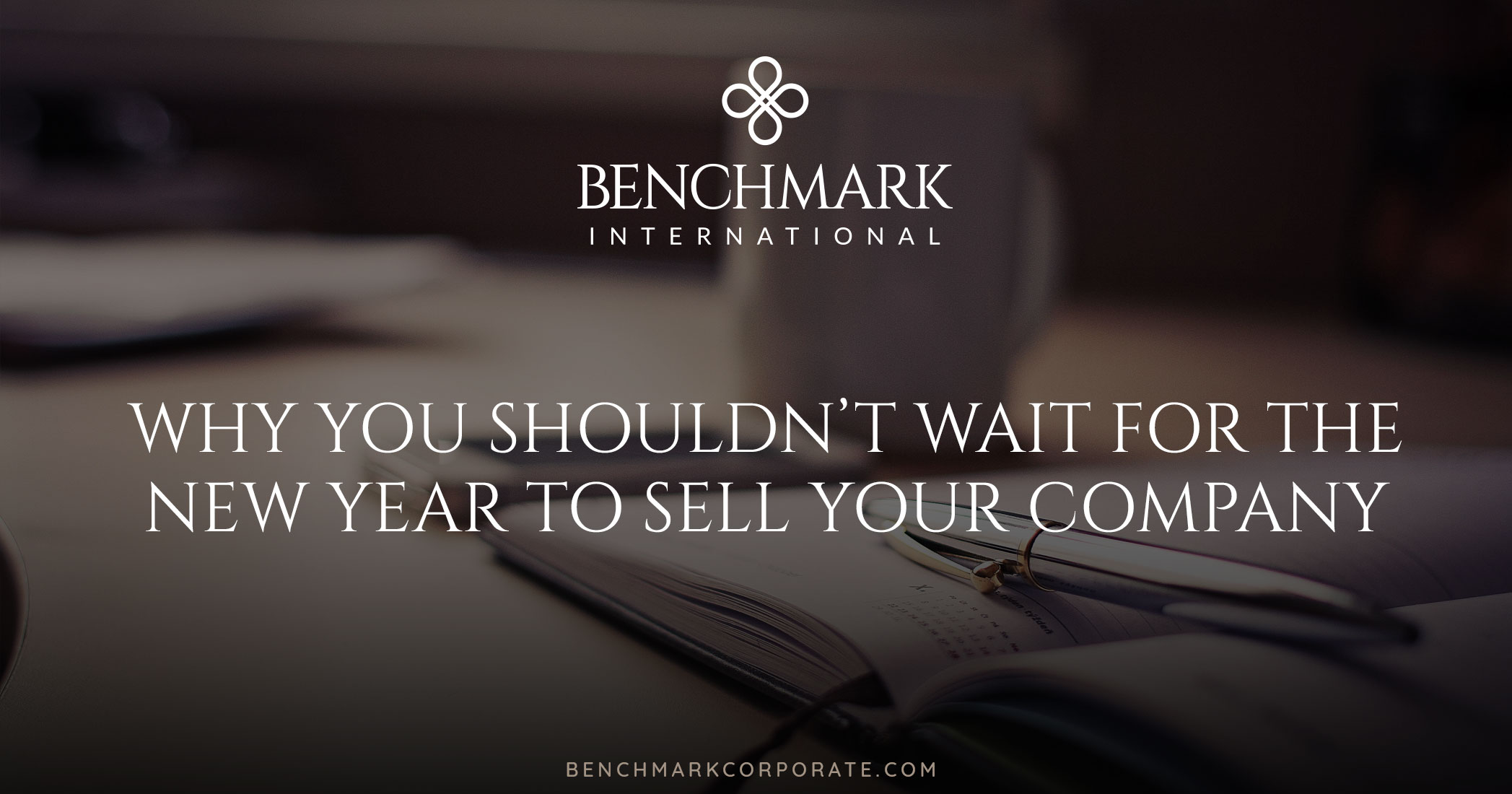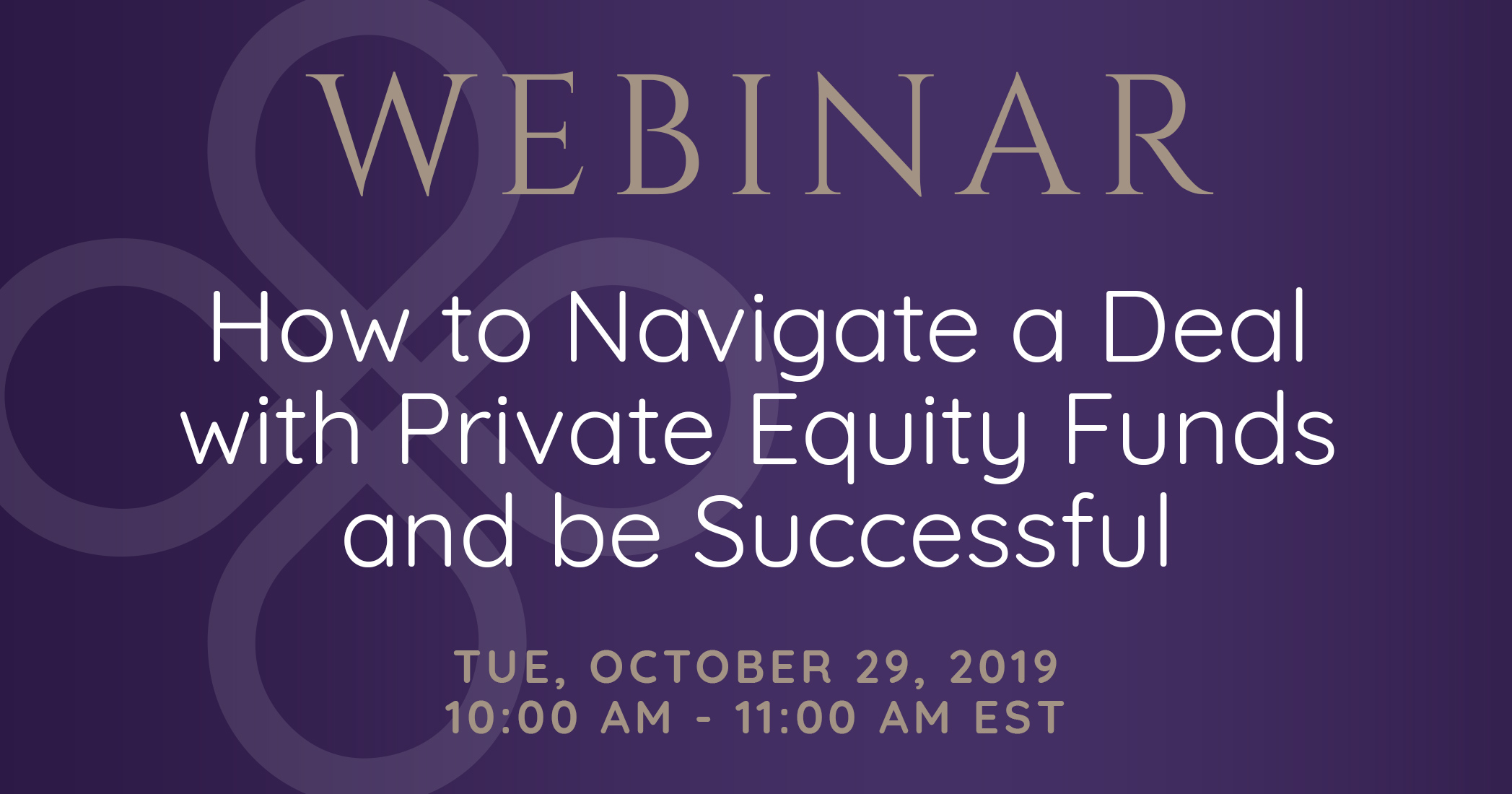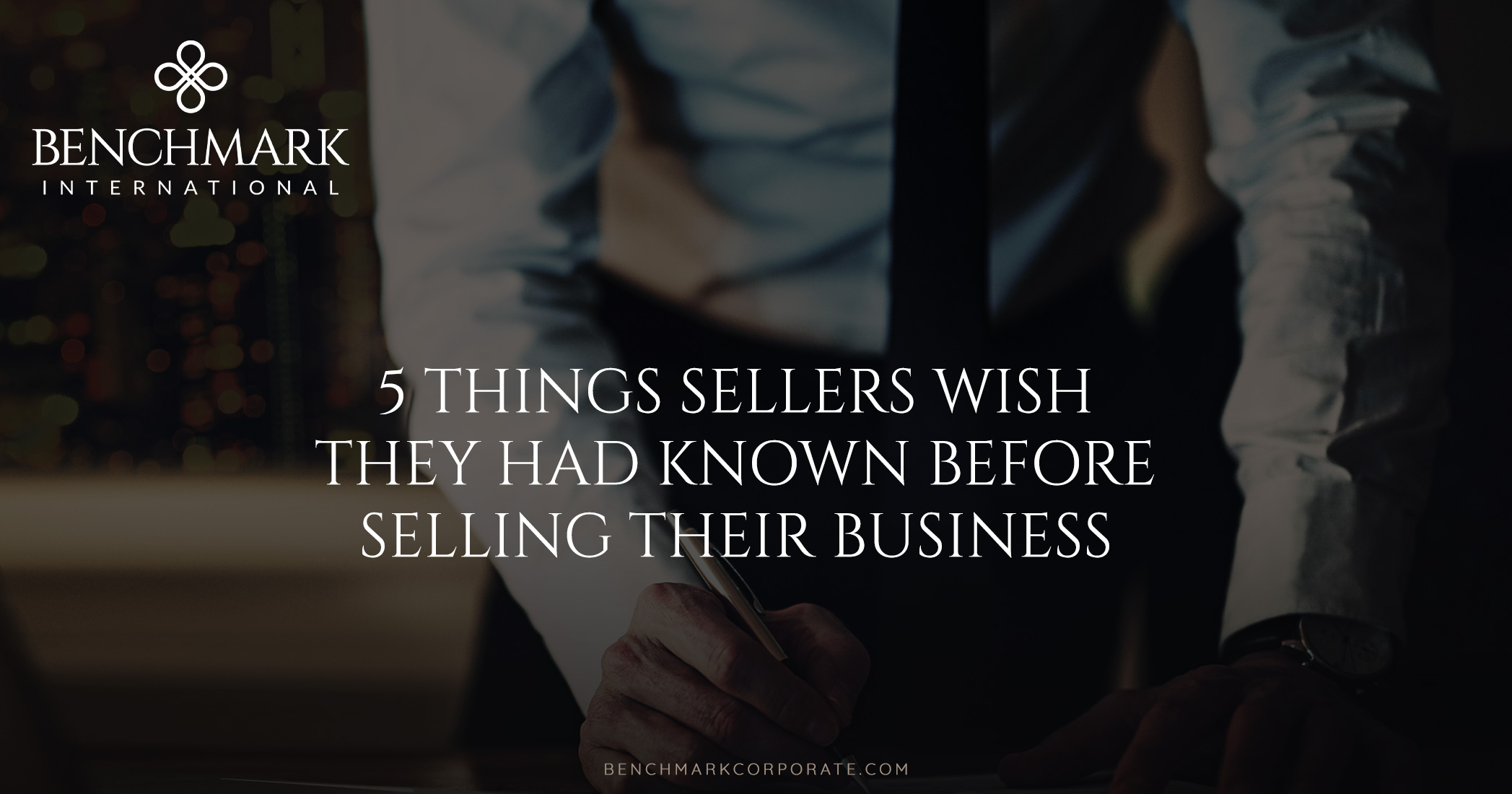Reorganization is an important part of a merger or acquisition integration process and should be done properly to ensure a shared vision and a smooth transition in the desired timeframe. Unfortunately, research shows that it is not uncommon for this process to take longer than expected because the integration plan was not appropriately focused on the culture, the people, the leadership, and the ultimate goals. Business leaders that employ a solid integration strategy during M&A are more likely to achieve their desired outcomes.
According to research:
- A mere 16% of merger reorganizations fulfill their objectives in the planned time
- 41% take longer than expected
- In 10% of cases, the reorganization harms the newly-formed business
Create a Profit and Loss Statement
First, think about the benefits, costs, and timing of the reorganization. Costs will include employees, advisors, and consultants, but costs will also be incurred in the form of disruption to the business. The last thing you want is for the company’s performance to suffer and for key staff to leave. Setting detailed business targets for reorganization based on the length of the transaction process and its impacts can make a significant difference in the productivity and growth of the company.
Know Your Strengths and Weaknesses
The due diligence process of an M&A deal will reveal a great deal about the business’s strengths and weaknesses, but it is important to make sure no stone goes unturned. You can get a more complete picture by talking to current and former employees, and simply searching the Internet for third party research to see what anyone would read about you when looking up your company. Both internal and external perspectives are important. Armed with these insights, you can then create a plan regarding which areas need your focus based on whether it is a merger or a full buyout. In the case of a merger, both sides will need to have the same informed view of strengths and weaknesses in order to address any issues, streamline the process, reduce costs if necessary, and essentially improve performance.
Create a Reorganization Team
Designate a team of representatives from various levels of management and departments to handle communication and ensure that the needs of each department are heard throughout the transition. This will help employees feel included, minimizing the risk of losing key talent. It will also help you avoid overlooking key details, will help to keep the process more orderly, and will help you address any issues quickly.
Evaluate Your Options
When creating a reorganization plan, consider all of the possibilities within both companies’ methodologies. Any solution is going to have pros and cons, so you will need to assess which alternative is best for your business and achieving your vision. In order to create synergy, you will need to examine both of the organizations’ structures, business processes, management, staff, culture, capabilities, technology, safety processes, and anything else that makes the day-to-day operations run. In a merger, you are ultimately faced with creating a shared culture, and this means ensuring that every aspect of the business is aligned to make this possible. People are people, and if they are not informed of a clear plan and their role in it, it is nearly guaranteed that it will lead to confusion. Figure out the best way to allocate tasks and processes by communicating with the new leadership team about all of the possible options and determining the best structure together.
Get the Previous Steps Right
You have worked so hard to build your business. Reorganization is complicated and you owe it to yourself, your stakeholders, and your staff to get the process right. Of course, you should anticipate hurdles to crop up along the way. Sometimes in M&A deals, certain information does not become available until late in the process. Nearing the end of a deal, you should reassess all the previous steps outlined above to verify that they are solid and decide if anything needs to be modified. This does not mean you need to turn everything on its head if you uncover an issue. By encouraging leadership to inform you of any snags in the new company and addressing them quickly, you can get ahead of major problems.
Enlist an M&A Expert
Please contact our world-class team at Benchmark International to discuss how the right merger or acquisition could benefit your business.
READ MORE >> Benchmark International
Benchmark International  Benchmark International
Benchmark International 













































